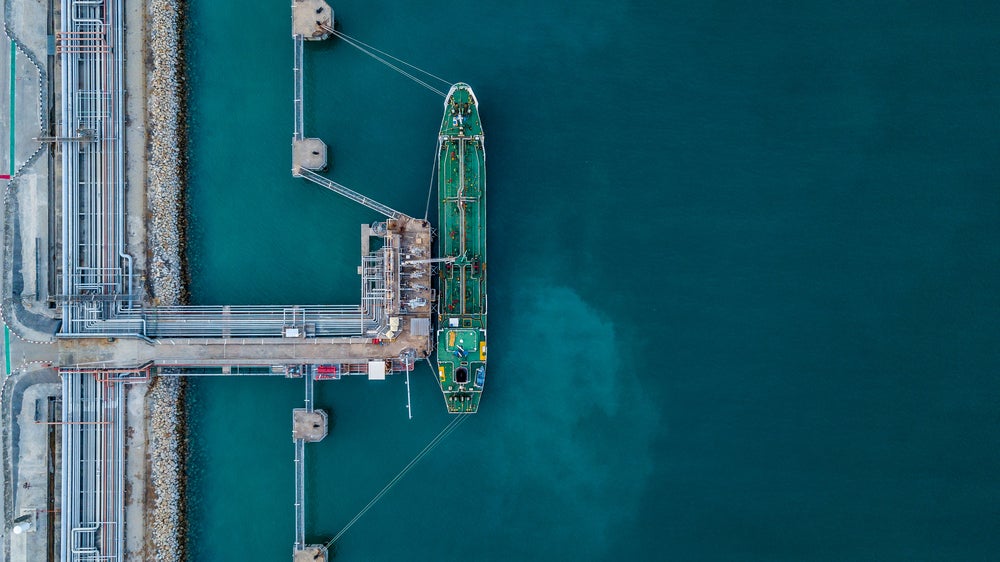
Supply and Demand Crisis in Oil and Gas Post-COVID-19
The oil and gas sector has suffered a tumultuous start to 2020 in the wake of Covid-19. Overall, the energy sector – a key pillar of many FDI strategies – is forecasted by GlobalData to face downward earnings revisions of 208% in 2020, with the shock compounded by the oil price crash.
Oil prices have decreased by around 50% since January 2020, with the US market reporting record lows. With countries on lockdown there is significantly less of all activity, and the demand for oil and gas has fallen spectacularly.
The International Energy Agency reported that oil demand is likely to decrease by 29 million barrels per day (bpd) in April 2020 and by 23.1 million bpd in Q2.
Thus, the sector has seen an imbalance of oversupply and less demand, further exacerbating the price crash. This has trickled down and impacted a number of sectors that usually pull FDI focus, including the chemical, plastic and automotive sectors.
This has also caused a liquid storage crisis, with many facilities reaching maximum capacity. On 20 April, for the first time in history, oil prices went below zero, when US price marker West Texas Intermediate was trading for May delivery at -$4.29. Oil storage has gotten so bad that producers are literally paying buyers to take the oil deliveries. Oil companies such as Shell and Exxon are making moves to counteract oversupply issues by delaying LNG project constructions.
Trying times for oil economies
Oil dependent economies such as those in the Middle East and Africa face a particularly testing time, with a bleak present and uncertain future. Emerging economies are also seeing their oil and gas projects hindered. Many pre-construction projects are facing further scrutiny as doubts grow about their viability in the current economic climate.
Russia’s newest greenfield developments are facing reduced revenues of $20bn over the next three years. With the country seeing 60 new oil fields come online between 2016 and 2019, with a combined peak capacity approaching 900,000 bpd, they were designed to grow production post-2020.
However, with the new OPEC+ deal and Russia’s commitment to cut over 20% of crude oil production, these fields are on the chopping block.
Furthermore, with global trade and transportation virtually at a halt, the supply chain faces numerous roadblocks too. Project construction and planned maintenance face severe delays and, in some cases, withdrawal.
The midstream sector, in particular, is struggling with the balance of oversupply and weak downstream demand. Cutting down on non-critical maintenance and maxing out strategic petroleum reserves are all short-term measures companies are taking to ease the pressure on the midstream sector.
Continued disruption post-lockdown
Lockdown regulations easing up in China may be the first step to slowing the downturn. However, the issues along the supply chain are likely to remain prominent as long as the coronavirus pandemic continues to spread.
This disruption is widespread across the sector. With the day-to-day activity of producers, equipment and service providers, EPC contractors, storage and transportation companies, fleet operations, traders and marketers being delayed or cancelled.
With workforce availability restricted, production is down, meaning equipment supply is limited and import-export terminals are all operating at lowered capacities. Places were workforces are still present are having to comply with safety protocols.
For example, companies such as Shell and BP have cut back the workforce at construction sites to prevent them from contracting the disease.
This is also a strategy for freeing up cash flow. Aker Solutions has already laid off 650 employees in the UK and Norway, and a further notice has been issued for potential temporary layoffs of up to 6,000 in Norway.
Many oil and gas companies are implementing emergency measures to try and reduce the financial impact. As of 13 April, capex cuts in the sector have exceeded $80bn.
Many companies are also focusing on freeing up cash flow and increasing liquidity access. Technip FMC and Petrofac have freed up $7.7bn and $1.1bn in liquidity access respectively for 2020.
On the whole, the sector is facing a historically difficult time in the wake of the coronavirus. In spite of this, some companies have managed to take advantage of the prevailing low oil prices.
Following China’s cancellation of some crude oil imports, high-grade crude from the Mediterranean and Latin American regions became available. Refining companies such as Bharat Petroleum Corporation Limited in India pounced and purchased the crude at a heavily discounted rate.



